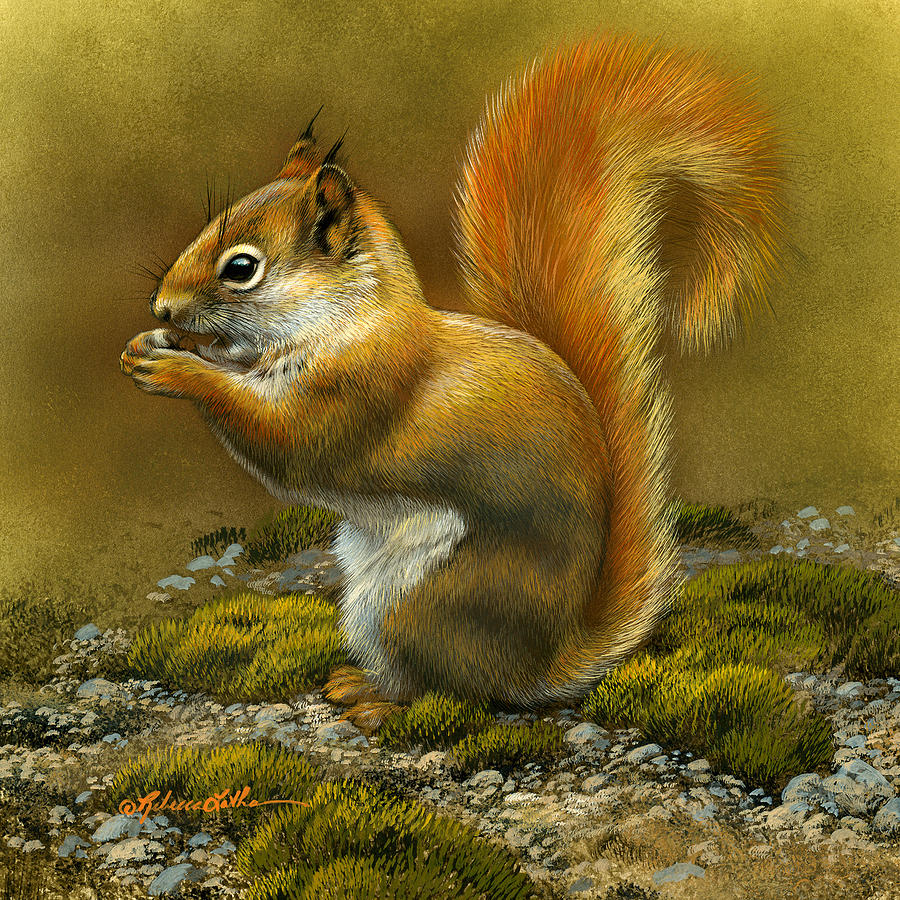In the rush of everyday life, nature often slips by unnoticed—its quiet details overshadowed by larger movements, its subtle moments lost to distraction. Yet, through art, we are given a chance to pause, to look closer, to see what might otherwise be missed.
A single painting can reveal the intricate textures of a bird’s feathers, the delicate veins of a leaf, the gentle tension in a fox’s stance as it listens to the wind. These details are not exaggerated; they exist all around us, unnoticed by most, waiting to be observed. Art does not create them—it illuminates them.
In the wild, these nuances are fleeting. The way frost clings to fur in the early morning light, the slight tilt of an owl’s head before it takes flight, the ripple of water disturbed only by the passing of a fish—all of these moments vanish as quickly as they appear. But on canvas, they remain. They invite attention, asking the viewer to linger, to appreciate, to understand.
To notice the smallest details is to recognize the depth of nature’s complexity. A creature’s survival depends on these subtleties—the way it camouflages, the way it moves with precision, the way it senses danger in the gentlest shift of air. Art has the power to highlight these truths, to turn them into quiet revelations for those who take the time to look.
If a painting can make someone pause long enough to notice what they might otherwise overlook, then it has done more than capture beauty—it has opened the door to deeper awareness. And in that awareness, a new appreciation for the natural world begins.
